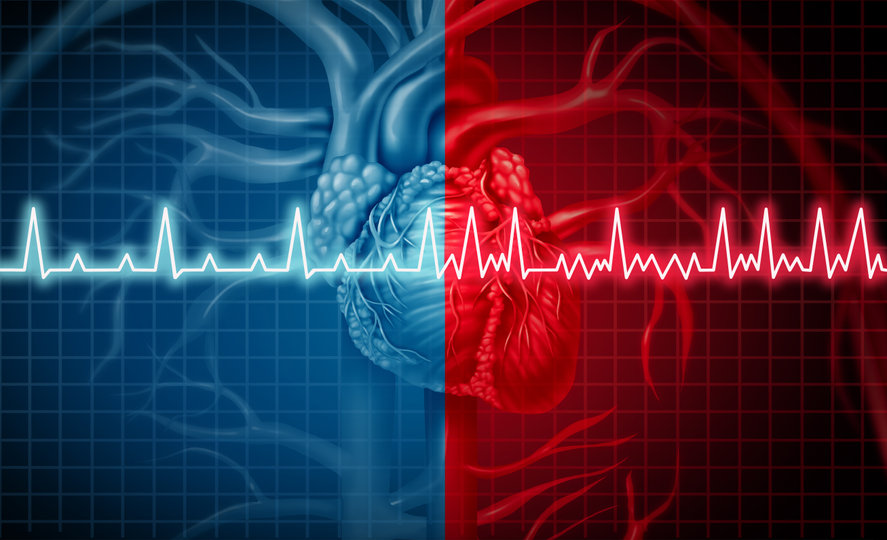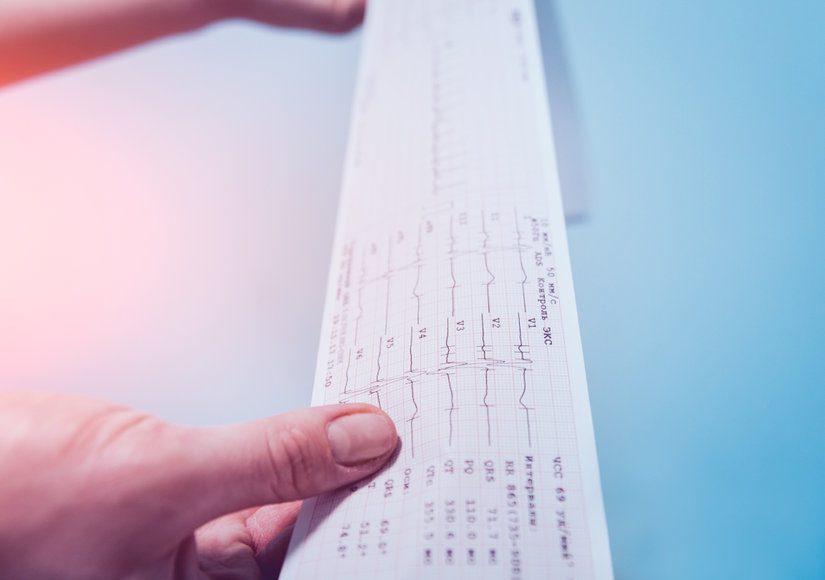
Managing Atrial Fibrillation in the emergency department
26th August 2021
Spotting cardiac problems in younger people in busy emergency departments
8th September 2021The recent case of Dana UK AXLE Ltd v Freudenberg FST GmbH which involves an automotive dispute may appear to have little to do with medical experts and can be safely ignored.
However the focus of the judgement was that the Defendants’ technical experts were excluded both from giving evidence at trial and their reports were not considered by the judge, therefore placing difficulties for the legal team at trial.
What were the reasons for the judge to take this step and why is it of relevance to a medical expert?
Summary of Instructions
The Civil Procedure Rules (CPR) part 35, and the accompanying practice direction dealing with experts, states clearly that the expert’s report must state the substance of all material instructions, whether written or oral, on the basis of which the report was written. (rule 35.10(3)).
This reinforced in the practice directive, by an expert’s report, must: (3) contain a statement setting out the substance of all facts and instructions which are material to the opinions expressed in the report or upon which those opinions are based. (Practice direction 3.2)
What happened in the case
During the process of litigation, the Claimant and their solicitors became aware that the experts instructed by the defendant had worked with employees of the defendant over a considerable period but his had not been declared to the Claimant or their solicitors.
Moreover, any documents that had been prepared as a result of any meetings between the expert and those employees, such as minutes of meetings or results of tests carried out, were not available to the Claimant. These included informing the Claimant when the experts had made site visits or inspections.
The Judge made clear that the defendants and the experts being involved directly without the knowledge of their solicitors did not bypass the requirement for transparency in the legal process.
The Judge concluded that there was evidence, that the Claimant eventually obtained after multiple requests, by e-mail, video conferencing and site visits that both the solicitors did not know about and without their consent.
There was also evidence that between having a joint meeting between like experts and signing the joint statement there was further interactions between the expert and the Defendant directly again in contravention of the Practice direction that the joint statement must be prepared by the experts without interference.
For all of these reasons the Judge did not consider that the Defendant’s experts reports met the standard in the Practice direction that “Expert evidence should be the independent product of the expert uninfluenced by the pressures of litigation”. (Practice Direction 2.1)
What does that mean for the medical expert?
It may appear to the medical expert who receives instructions from a solicitors that there is little relevance to them from this case.
However, if one is undertaking a condition and prognosis report and examining a patient, one will obtain a history from the patient and undertake an examination including making sometimes observations that the patient may not realise is happening.
I remember when I undertook such assessment that watching the patient walking down a corridor to the examination room or looking out the window when they left could add information that was not apparent in a formal examination of their movements or gait or their use of walking aids.
How such information was obtained should be recorded in the report so that another expert could check such findings, or prevent the expert having CCTV footage sent that contradicts their examination findings of significant disability.
It is also important for the expert to list, either in the body of the report if the list is short, or in an appendix if longer, all the documentation they have reviewed when preparing a report even if they do not rely on them on them when giving an opinion but they should state why they do not rely on them in the report.
The court will not ask to see the actual Letter of Instruction or any other communication or allow cross examination on its contents without reason and this is encapsulated in the Practice directions
Cross-examination of experts on the contents of their instructions will not be allowed unless the court permits it (or unless the party who gave the instructions consents). Before it gives permission the court must be satisfied that there are reasonable grounds to consider that the statement in the report of the substance of the instructions is inaccurate or incomplete. If the court is so satisfied, it will allow the cross-examination where it appears to be in the interests of justice. (practice direction 5)
The watchword therefore is to be careful when accepting instructions and very careful if there are side letters or verbal communications between the expert and either the party instructing or their legal advisors that these need to be declared as signing the new statement of Truth with its specific wording about Contempt of Court would be a sanction that the expert who does not adhere to this may face.




